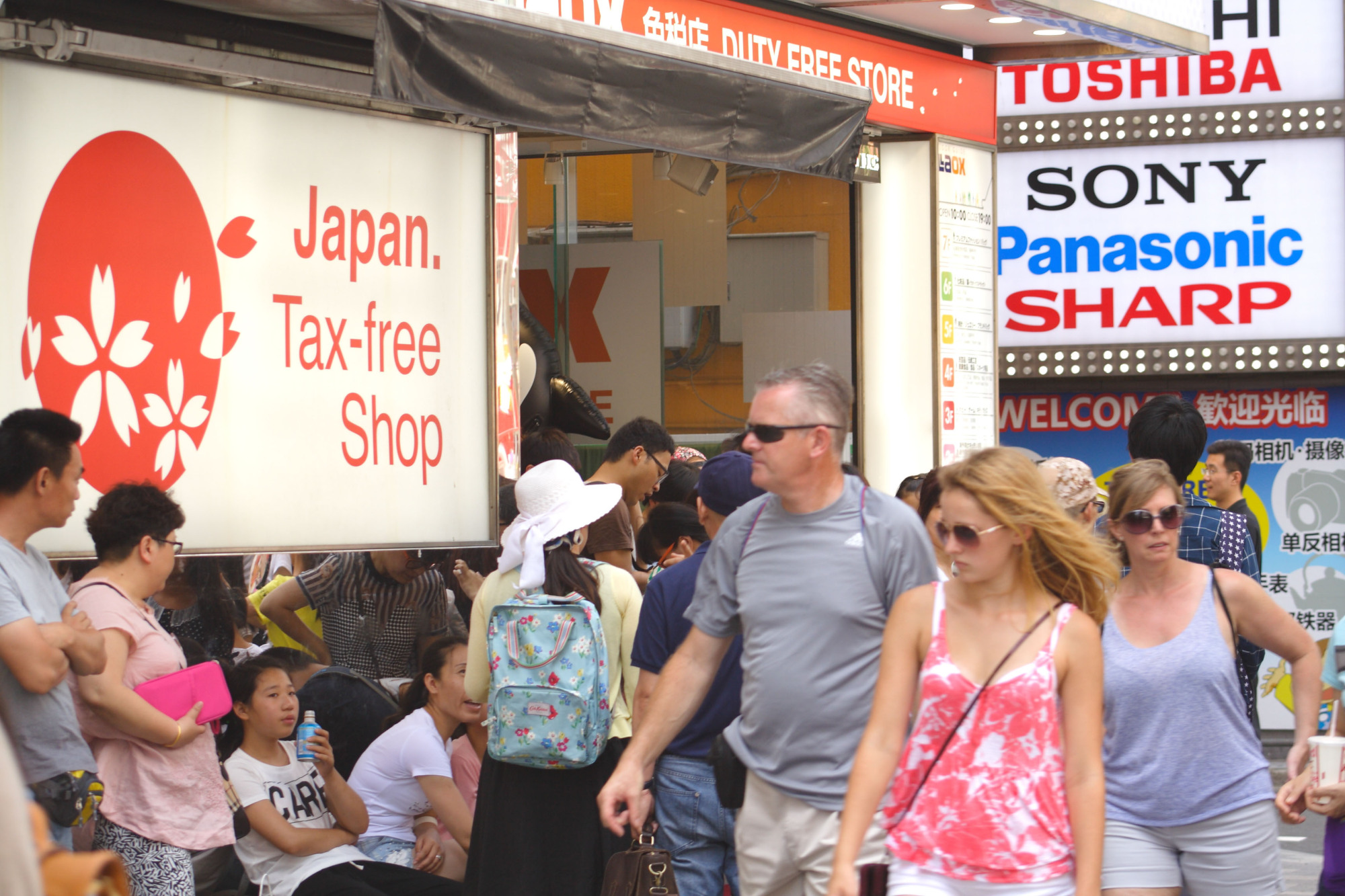The boom in Japan's inbound tourism is arguably the most tangible success story of Abenomics. Propelled by a steady stream of visa-rule deregulation that started right in the first week of Team Abe moving into the Prime Minister's Office in December 2012, inbound tourist arrivals have risen almost fourfold, from a 2012 monthly average of 697,000 to 2.6 million recently. That's real change, with deep-rooted positive structural dynamics and economic follow-through.
Money makes the world go round and money is exactly what the inbound tourism boom has brought to Japan. Consider this: Since 2012 inbound tourists spending has accounted for the equivalent of almost 20 percent of the growth in Japan's consumer spending (excluding spending on rent). Although in absolute terms the amount of tourist spending is still small at less than 2 percent of all consumption, going from basically zero to 2 percent of all consumption in six years is an exceptional growth rate. Positive impact is not just on Tokyo, Osaka or Fukuoka, but the beneficial multipliers are extraordinarily high in Japan's regional economies.
Japan's tourism strategy is arguably the most successful top-down regional growth policy implemented in an advanced economy in recent years. At first, Abe's progressive deregulation of visa rules for Chinese and ASEAN tourists released structural pent-up demand — a new travel destination for Asia's rising middle class.


















With your current subscription plan you can comment on stories. However, before writing your first comment, please create a display name in the Profile section of your subscriber account page.